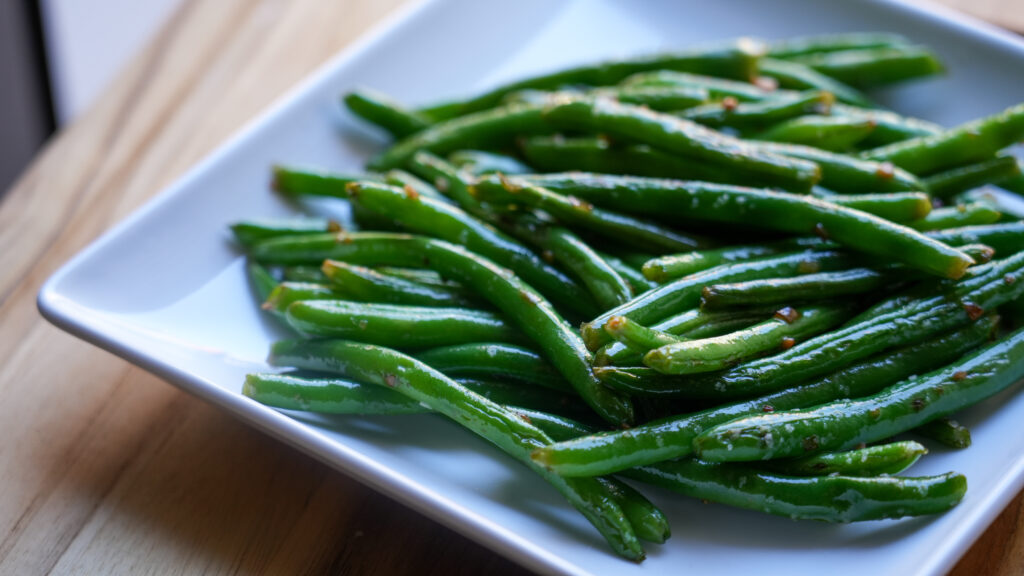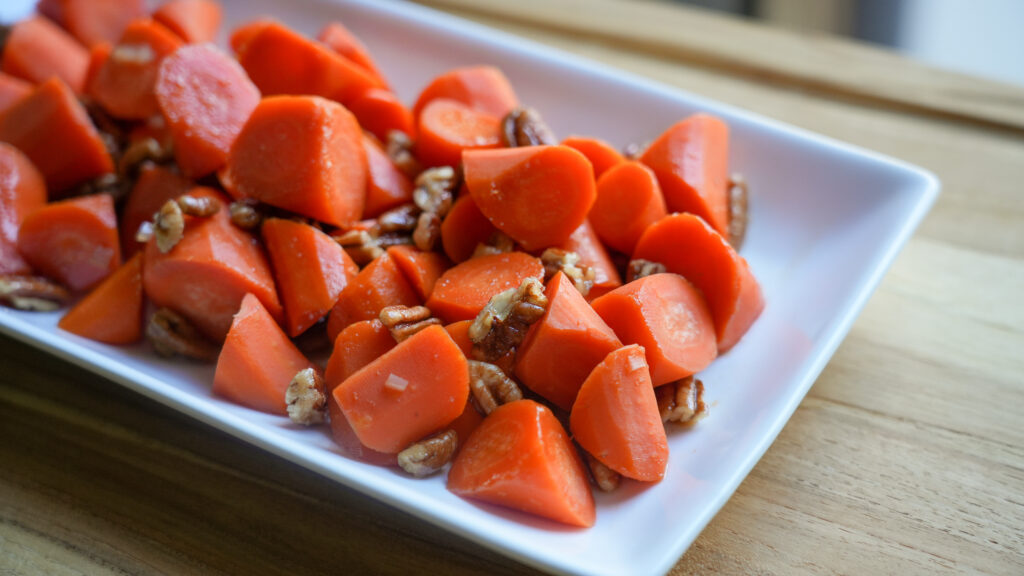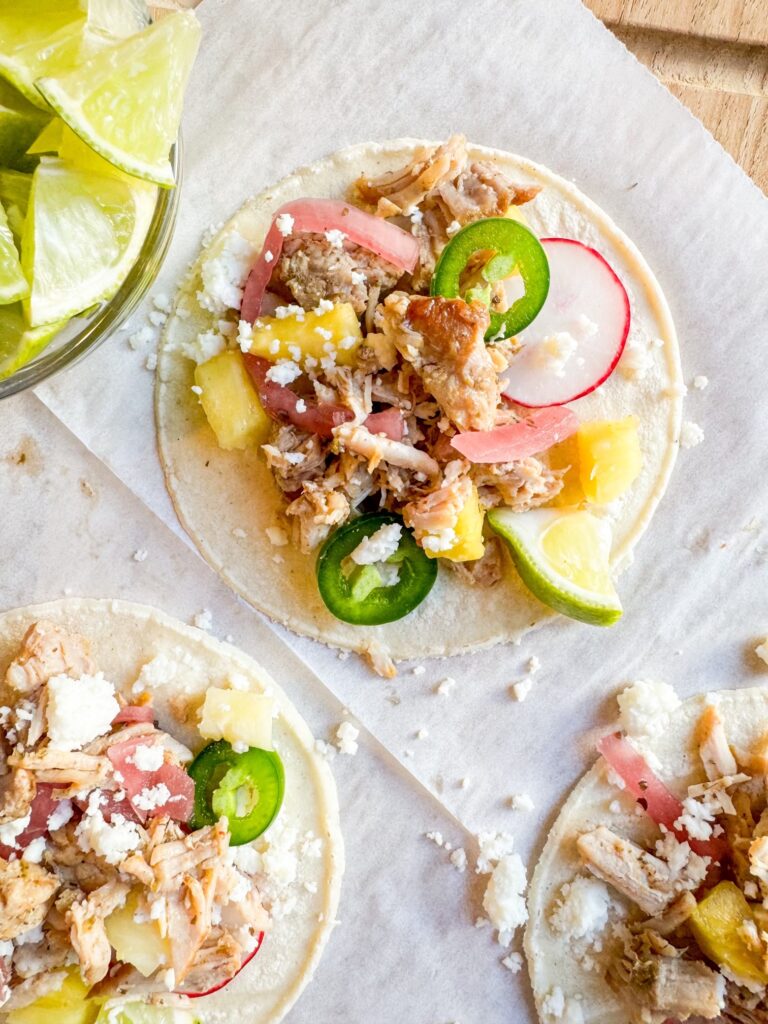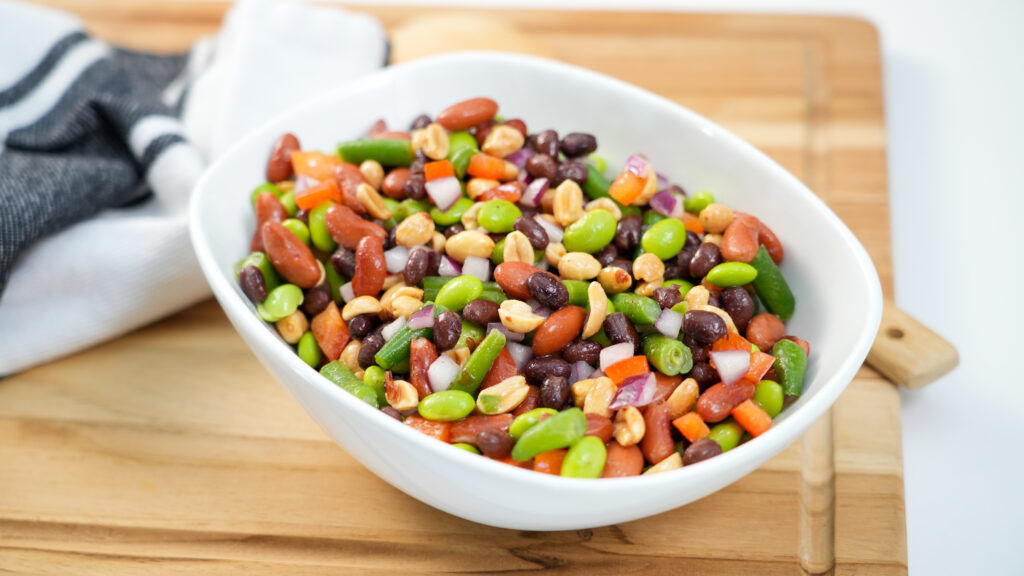It’s the time of year when money is being spent on Christmas presents, traveling, holiday foods, decorations, and peppermint lattes. When it comes to Holiday meal planning, we often think that eating healthy will be too expensive or that we simply do not have time for it. As a college student, I have a very limited budget, however, the fact that I am studying dietetics and nutrition reminds me that at the end of the day, nourishing the body is one of the most important things you can do for yourself. So today, I want to write about planning quick meals that are both affordable and healthy. This can be done by following the 3 P’s of MyPlate.
Plan – Purchase – Prepare
Plan:
Meal planning might seem like a time consuming task. However, you’re actually saving yourself time by not having to make 3 stops at the store. On top of it being a timer saver, you will also save yourself money and calories.
Now that I have sold you on the idea that meal planning is worth it, let’s begin.

In Amber’s office, planning my meal plan for the month
It’s best to go one day at a time. Sit down with a cup of coffee and figure out what you want to eat for breakfast, lunch, dinner, and snacks. Here’s a Grocery Game Plan to get you started.
Now that you’ve created your first week of meal planning, you’re ready to go! So, to continue saving those Washingtons, follow these tips!
- Check what you already have on hand and check what is on sale. The grocery ads often come out on Tuesdays and Wednesdays, so that is the best time to plan!
- Check to see if each meal includes one source of protein, at least one vegetable and a whole-grain or nutrient-rich starch. Fruit is great as your dessert or a snack option!
- Make your shopping list. I’ve included a shopping list that is organized by food group. (Makes it super easy to get your foods quick) Try to keep the list somewhere central, like your fridge and keep a copy of it for future use!
Purchase:
When purchasing the foods that you added to your meal plan, follow these tips to stretch your dollar.
- Compare unit prices!
- Usually a product that is 24 ounces instead of 6 ounces will be cheaper per unit price, however, it’s not always the case, so it’s always a good habit to check!
- Grocery bargains are often not at eye level.
- The middle shelves and the center of the store don’t always hold the best deals.
- Buy freezer foods.
- Shopping in the freezer section can save you a boat-load!
- This allows you to use only what you need, and put the rest back in the freezer for later use!
- Lean meats provide more for your dollar.
- Those less tender cuts will be cheaper as well
- When buying beef, you can opt for cuts such as the chuck, flank, and brisket. To make these cuts more palatable, marinade them or cook with liquid in a slow cooker.
- Buy in bulk!
- Save money – family sized or stock up on sale items.
- However, be sure to only buy the amount you can use before it spoils!
Prepare:
I realize that not everyone will have time to cook from scratch, but preparing meals at home will be the best thing that you can do for your wallet! So look ahead and if you don’t have time to make a meal or two, do all of the preparation work on the weekends.
- Pre-wash and cut vegetables and fruits
- Prewash lettuce or kale and store in bags with paper towels
- Make yourself fruit cups that you can easily grab on the go
- Pre-cook grains and meats (but use them within 3- 4 days)
Lastly, learn to love your leftovers! After you make a meal, portion it into two other servings to be eaten throughout that week, and freeze whatever is left over!
Finally, I have included what a trip looks like for me. I hope this helps!
Liz’s Monthly Shopping List
Fruits: bag of apples, 10 bananas (to freeze), 5 oranges, 2 avocado, dried dates
Vegetables: bag of kale, 1 pound of carrots, stalk of celery, 3 tomatoes, bunch of cilantro, frozen corn, frozen peas, frozen pearl onions
Grains and starches: whole wheat bread, whole wheat flour tortillas, quinoa, cous cous, whole wheat pasta, 3 sweet potatoes, 1 can black beans
Protein: 1 pound chicken breast (or cheapest cut), 1/2 pound ground hamburger, 1 pound frozen, precooked shrimp, 1 can of chicken or tuna, 1/4 pounds almonds, 1/4 pound walnuts, peanut butter
Dairy: Lactose free milk
Extras: cinnamon and sugar pita chips, dark chocolate





